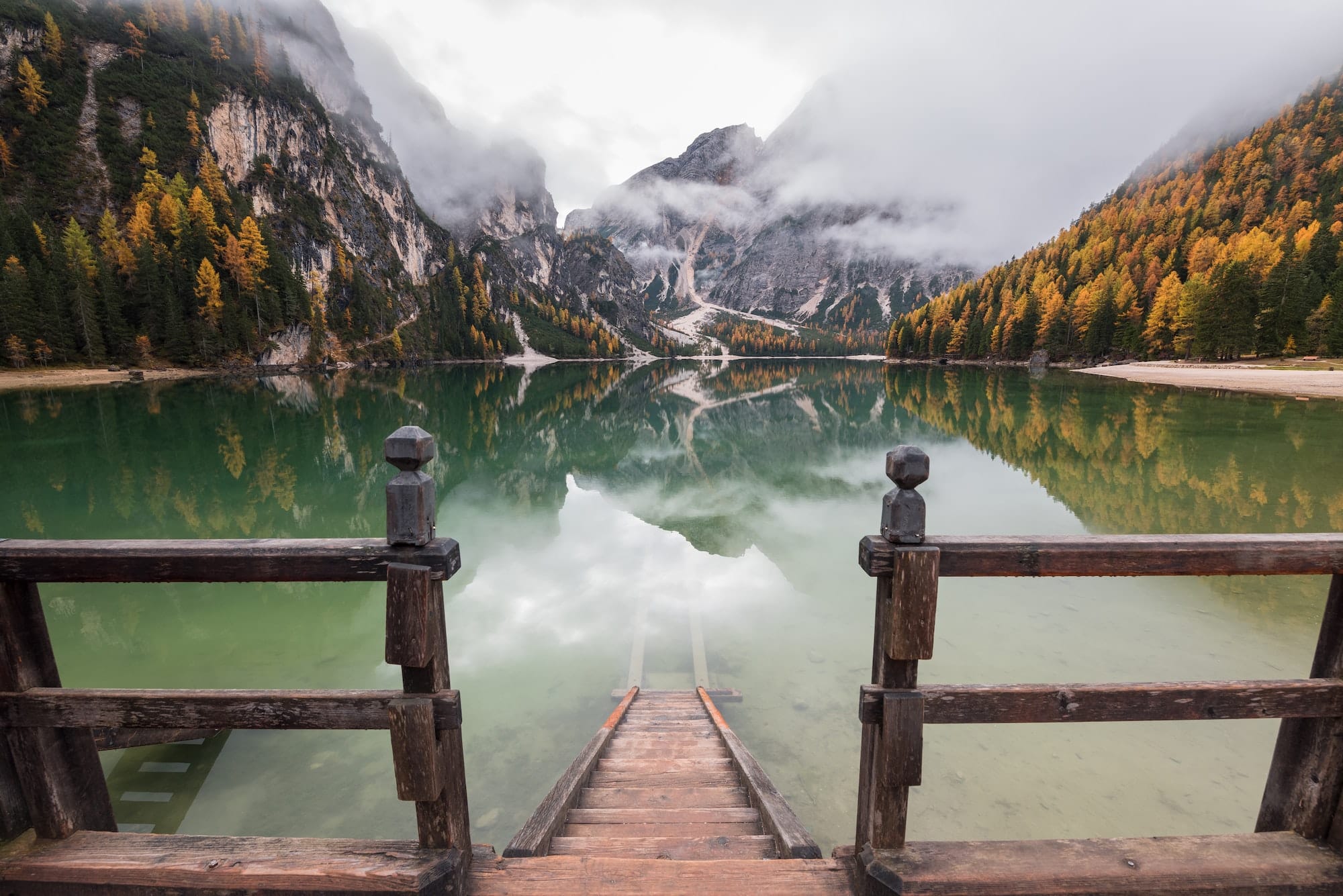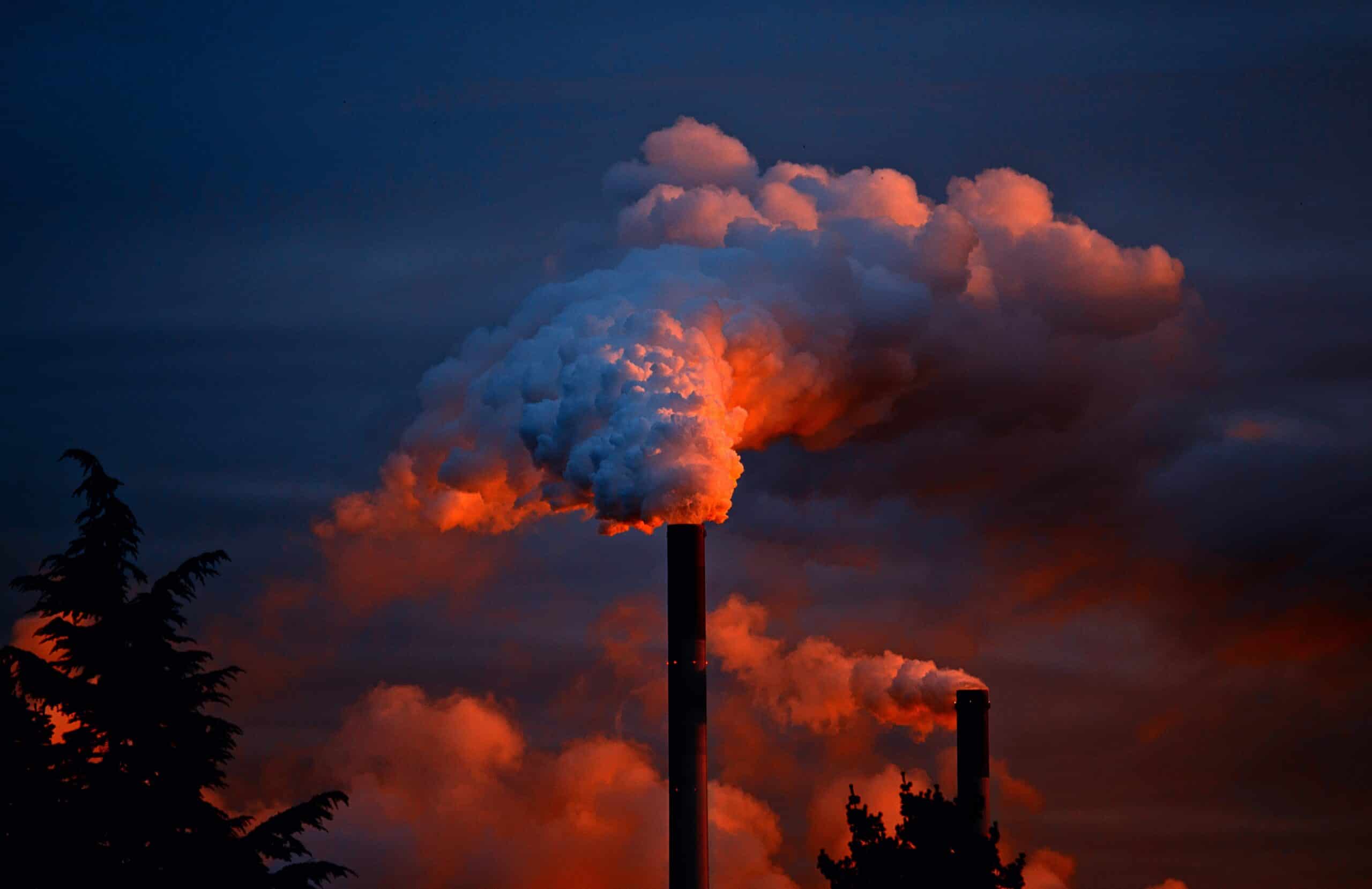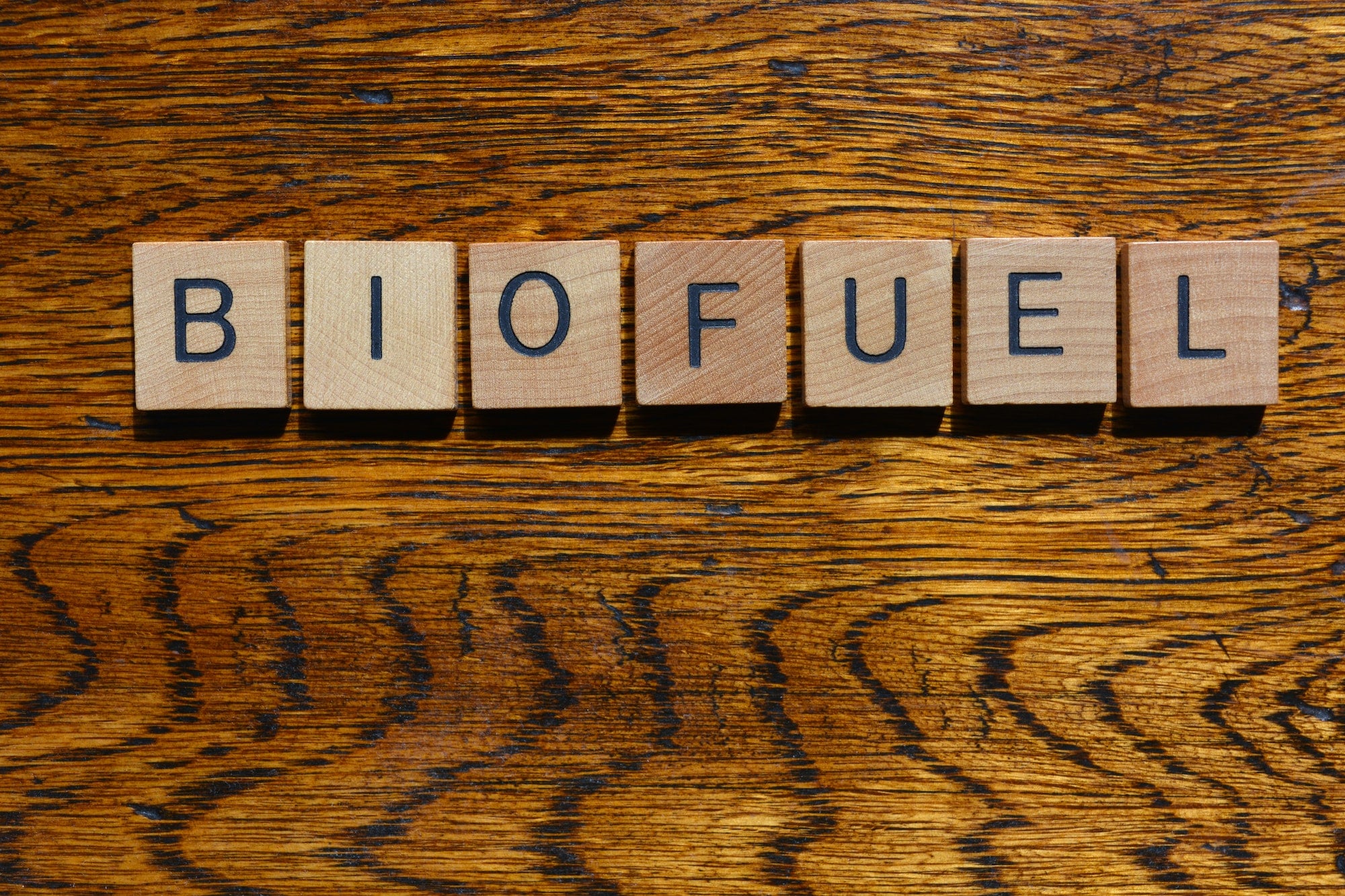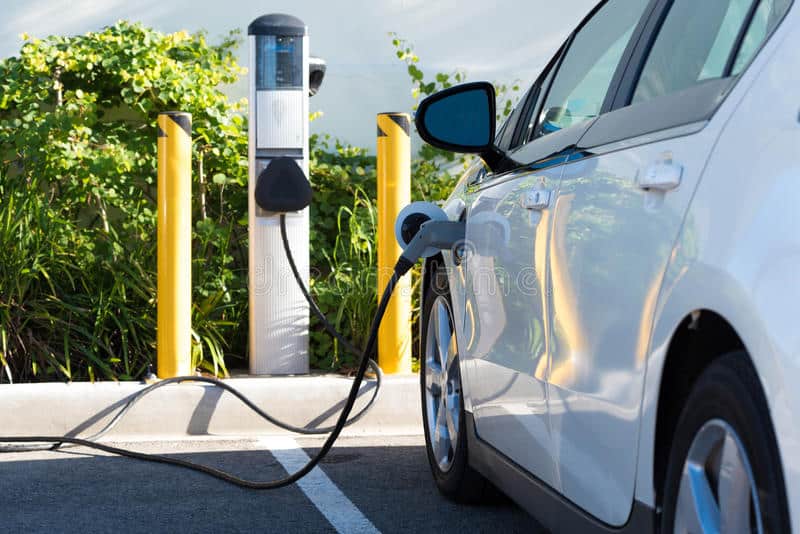
The talk and encouragement of using solar panels and solar powering different objects has become more popular over the years, but the idea of trapping sunlight to create energy, is no new concept.
Photovoltaics, is the term used to describe the process of converting light into energy, which we know is the basis of solar energy, but when did we discover this process? Even as far back in the seventh century, civilization was lighting fires with glass light objects and the heat of the sun, while also creating “sunrooms” in buildings where the rooms would absorb sunlight during the day, and funnel energy into bathhouses/pools. Even hundreds of thousands of years before the solar panels we know today were created, our ancestors were using energy from the sun to create heat, and power various objects and machinery. There is some controversy in who was the first to discover photovoltaics, in 1883 Charles Fritts created the first solar panel. The first solar cells were made from selenium wafers, and resemble solar panels we would use today in 2022.
Solar panels have since been used in outer space to power satellites. The first residential building to use solar panels was called “Solar one,” which the University of Delaware was responsible for. Even some planes have been solar powered to an extent. In 1956, solar panels cost roughly $300 per watt. By 1975, that figure had dropped to just over $100 a watt. Today, a solar panel can cost as little as $0.50 a watt.
Although for a household, solar power is financially cost effective in the long run, let’s shift focus towards solar energy and the environment. Using solar power panels to energize your home is very beneficial in the long run, and does in fact create a smaller carbon footprint over the years, but there are some downsides to switching to solar, and it may not be the answer to greenhouse gas emission reduction.
One of the largest and perhaps most obvious downsides to solar energy is that the panels will only generate energy when the sun is shining on it. This means that no matter the weather, the temperature, as long as a sliver of sunlight is on the solar panel, energy will be absorbed. Now, there are ways to capture that energy and store it, which leads us to another downside of solar panels. If the solar panel and installation cost wasn’t enough, now devices used to capture energy and use it later must also be purchased.
As you know, solar energy is used to take the place of processes that harm the environment in a big way, but solar energy still impacts the environment in a small way. First off, the production of the PV panels (solar panels) emits gas into the air, and the materials used are not necessarily sustainable, or ethically sourced. There are three different types of solar panels: monocrystalline, polycrystalline, and thin film. Each type of solar panel is different, therefore each has a different process and leaves behind different carbon footprints.
Monocrystalline panels are the most common, and have the highest energy conversion efficiency. They are made of pure single-cell silicon crystals, between pieces of glass. The process of creating this panel produces the highest amount of emissions between the three. Polycrystalline panels are made from melted together silicon that is then placed on the panel. Because of the silicon melting process, the production of the panels uses significantly less energy and electricity than the monocrystalline panel. Lastly, thin film panels can be made a few different ways, and the panels actually leave the smallest carbon footprint, but the materials used for the panels are incredibly toxic and bad for the environment.
We’ve looked at the process of creating solar panels, and the potential harm, but wait, there’s more. Solar farms are plots of land that have been cleared out of any life, and replaced with acres and acres of solar panels instead. Don’t worry, we didn’t need those trees and ecosystems, solar power is going to reverse atmospheric emissions! There are however some positive solar farms, like panels that are placed among vegetation, and not placed in a cleared out plot of land. These types of panels can be beneficial to both the farmer and the environment, as long as water is not scarce for either.
Solar panels are made in China, the UK, and the USA, so once the panels are made, depending on where the panels are going, you have to think about the shipping and transportation costs, what packaging is used etc. These considerations may pose themselves as more downsides to solar.
The Solar Energy Industries Association wants to meet a goal of 30% of energy used to be through solar panels by 2030, which would be amazing, but there are some things to consider: What happens when the panel needs a repair? What if it needs to be replaced? What happens when the panel is shot, can it be recycled? Would the hazardous materials used to make the panel seep out over time? Maybe by 2030, we’ll have those answers through trial and error.
In the end, the carbon footprint of solar energy is much much smaller than coal or gas, so perhaps the good outweighs the bad in this scenario, perhaps 2030 will bring us answers to the abundance of questions this energy brings. Lastly, is our planet worth sacrificing in order to reduce our carbon footprints?








